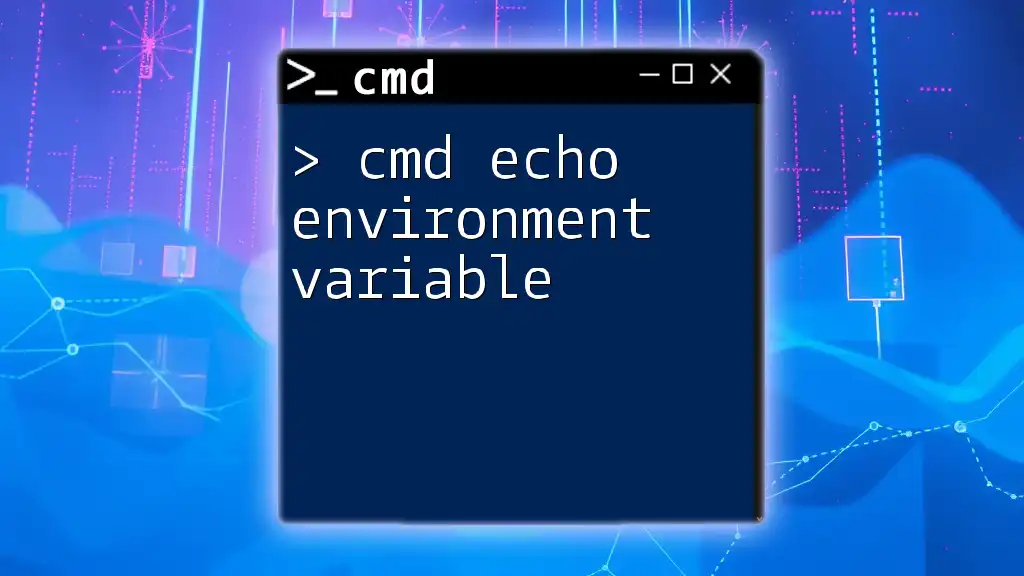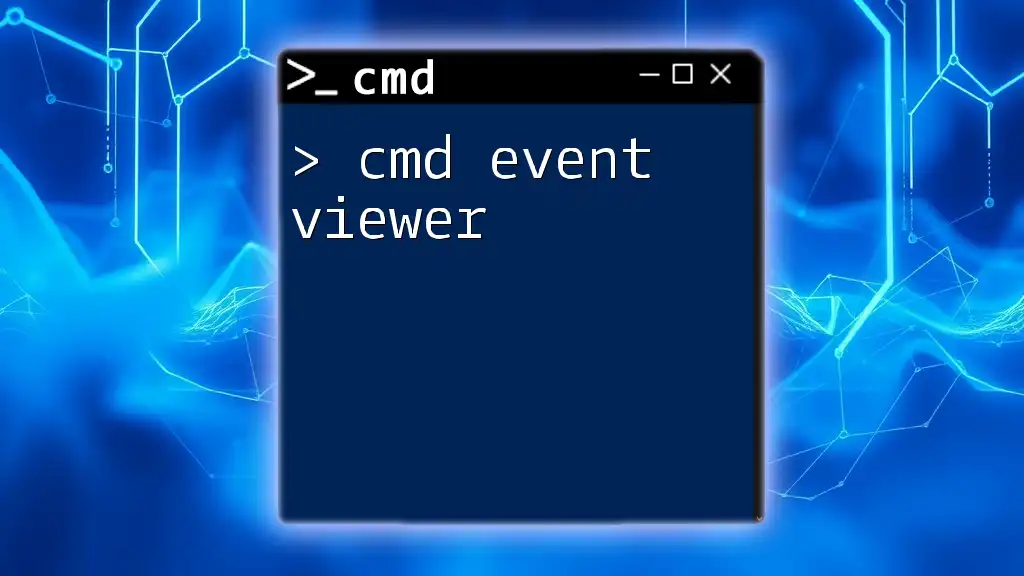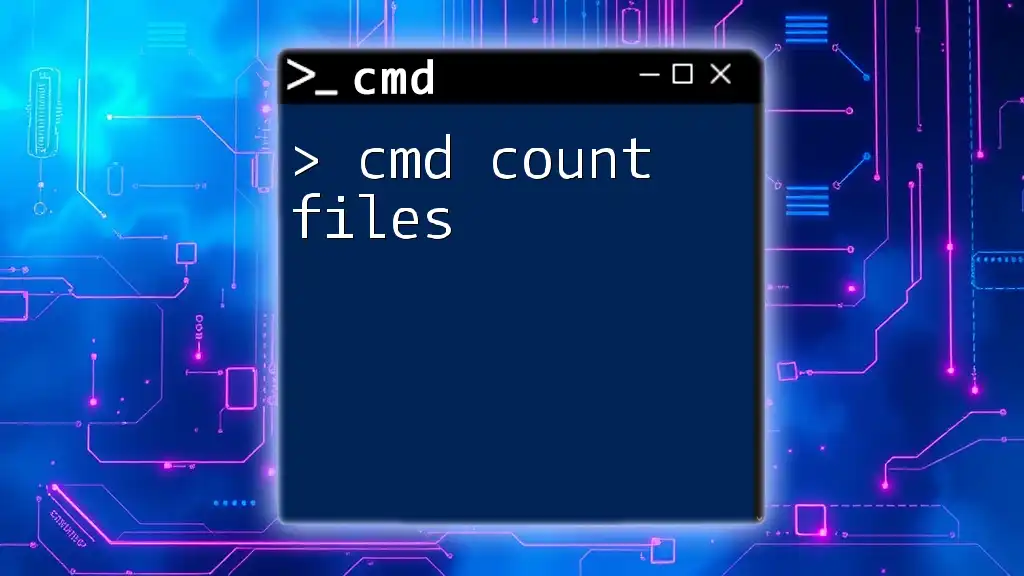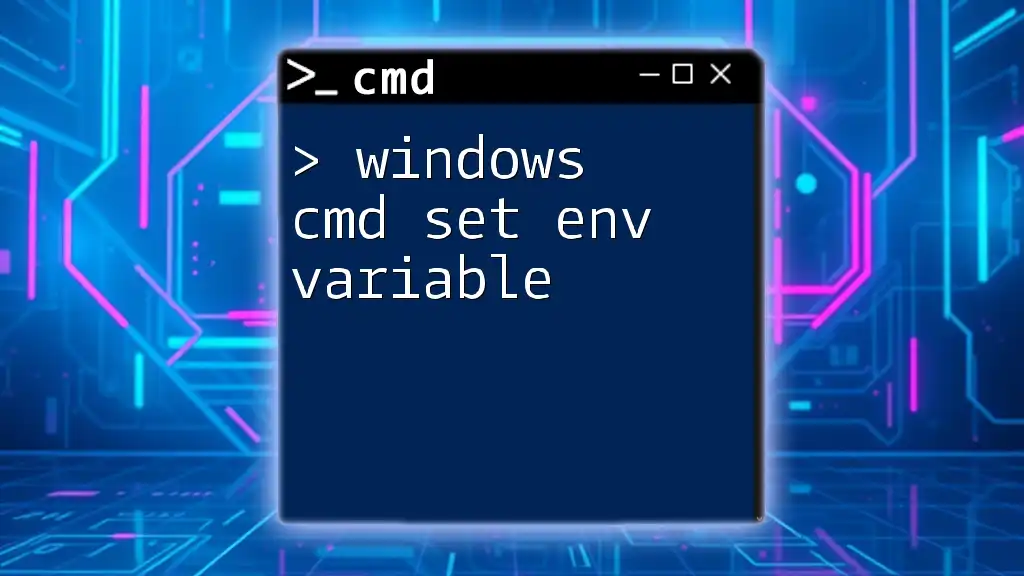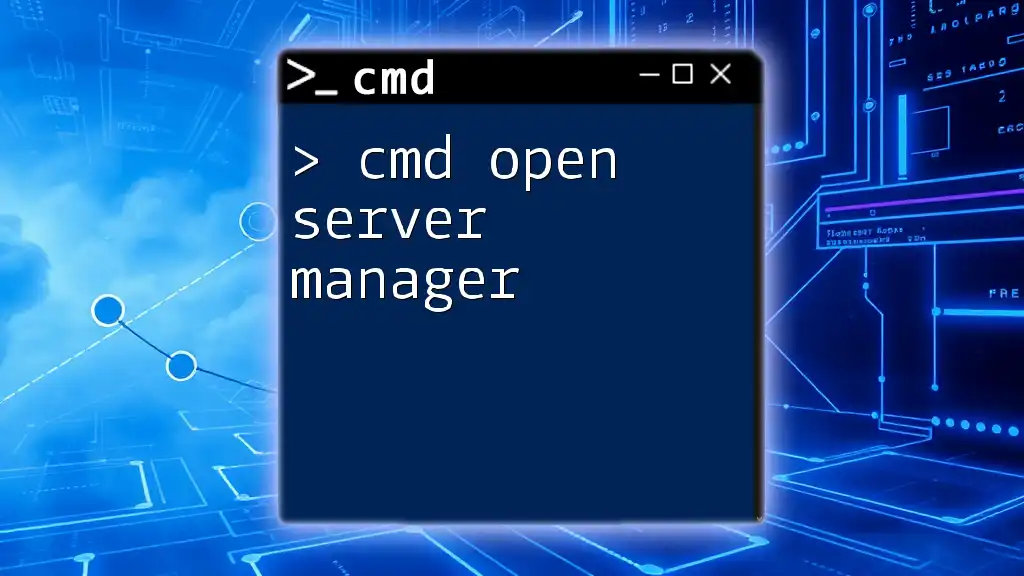The `echo` command in CMD is used to display messages or the value of environment variables in the command prompt.
echo %PATH%
Understanding CMD and Environment Variables
What is CMD?
CMD, short for Command Prompt, is a command-line interpreter in Windows operating systems. It serves as a powerful tool that allows users to execute commands, run scripts, and manage files directly through textual commands. Originating from earlier systems like MS-DOS, CMD remains an essential utility for system administrators, developers, and tech enthusiasts. Its functionality extends from basic operations, such as file management, to advanced scripting capabilities.
What are Environment Variables?
Environment variables are dynamic values that the operating system uses to determine various settings and configurations. Each variable carries specific information about the environment in which your commands run. For instance, the `PATH` variable stores a list of directories that the operating system searches when you run a command. This allows users to execute programs without needing to specify their complete paths.
Some commonly used environment variables include:
- `PATH`: Directories where the system looks for executable files.
- `TEMP`: The path designated for temporary files.
- `USERPROFILE`: The path to the current user's profile directory.
Understanding and managing environment variables is crucial for effective system operation and command line functionality.

The `echo` Command in CMD
What is the `echo` Command?
The `echo` command is a built-in command in CMD that displays messages and environment variable values to the console. It is a common tool used in scripts and batch files for providing information to users or signaling the outcome of operations.
Syntax of the `echo` Command
The simple syntax for the `echo` command is:
echo [message]
You can provide several options, such as:
- `echo on`: You can enable command echoing.
- `echo off`: You can disable command echoing and suppress command display.

Using `echo` to Display Environment Variables
Accessing Environment Variables in CMD
Before using the CMD `echo` command for environment variables, you may want to list all available ones. To view all environment variables, simply type:
set
This will present a comprehensive list of all environment variables defined in your session.
Using `echo` to Display a Specific Environment Variable
To display a specific environment variable using the `echo` command, you can reference it with `%` signs surrounding the variable name. For example, to show the value of the `USERPROFILE` variable, you would use:
echo %USERPROFILE%
This command outputs the current user's profile directory path, showcasing how `echo` effectively pulls and displays environmental settings.
Practical Applications of `echo` with Environment Variables
The versatility of the `echo` command allows it to be used for various practical applications. It can be especially useful in script debugging or showing runtime variable values. For instance, consider the following script snippet that creates a custom variable and displays its value:
@echo off
set MY_VAR=%USERPROFILE%\Documents
echo The document folder is located at: %MY_VAR%
In this example, `MY_VAR` becomes an alias for the documents folder path specific to the user. The script succinctly outputs the directory location, enhancing clarity and understanding of variable utilization.
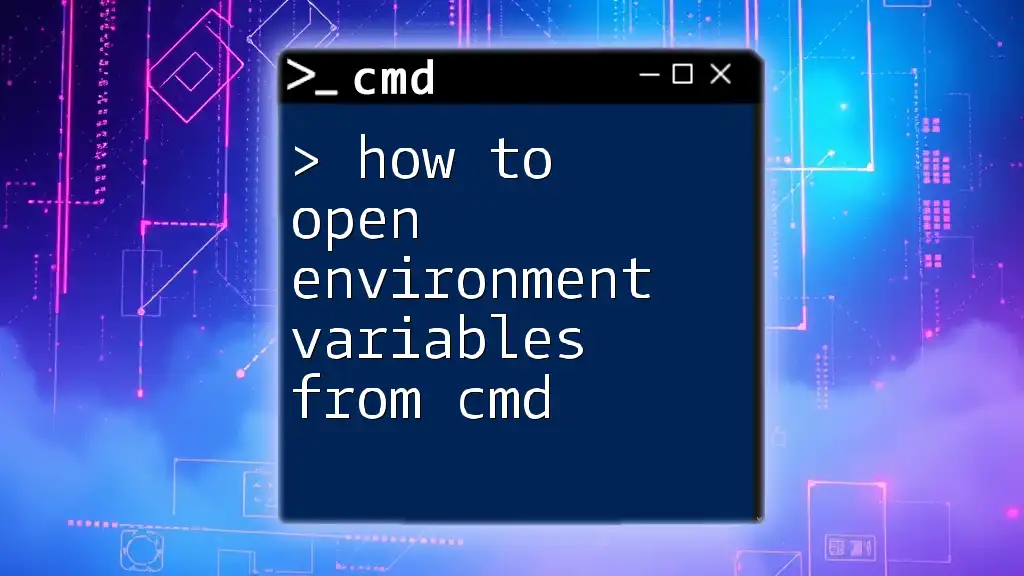
Advanced Use Cases of `echo` with Environment Variables
Combining `echo` with Other Commands
The `echo` command can also be effectively combined with other commands to form powerful utility scripts. For instance, consider piping output to files or combining it with the `set` command to verify values:
set MY_ENV_VAR=Hello
echo %MY_ENV_VAR%
In this instance, `MY_ENV_VAR` is assigned the value "Hello," and `echo` confirms the assignment, facilitating script checks.
Environment Variables in Batch Files
When creating batch files, the power of `echo` becomes even more pronounced. By using `echo` in conjunction with environment variables, you can enlighten users about system settings effortlessly. Below is a simple example of how to leverage these concepts in a batch file:
@echo off
echo Current PATH is: %PATH%
echo User Profile is: %USERPROFILE%
This script provides useful information to the user, making it easier to understand the current system configuration without having to manually check each variable.
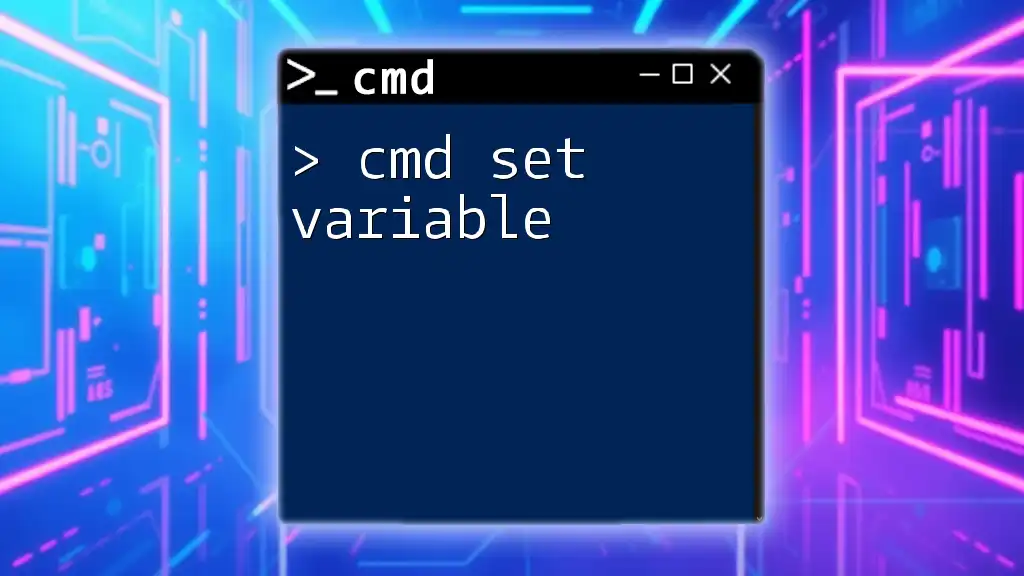
Troubleshooting Common Issues with `echo` and Environment Variables
Common Errors and Their Solutions
While working with `echo` and environment variables, you may encounter several common issues, such as:
- Undefined Variables: If a variable returns as empty, ensure that it is defined in the current session.
- Incorrect Syntax: Always double-check your syntax, particularly the use of `%` when accessing variable values.
Best Practices for Using `echo` with Environment Variables
To effectively manage environment variables when using `echo`, consider these best practices:
- Clarity in Naming: Use intuitive names for user-defined variables to reduce confusion.
- Avoid Conflicts: Be cautious of defining variables that may override existing system variables. Naming conventions or prefixes can help mitigate conflicts.
- Documentation: Comment on critical parts of scripts to explain what variables represent, ensuring ease of understanding for others reviewing your code.

Conclusion
The combination of the `cmd echo environment variable` provides a robust toolset for both simple and advanced command line operations. Mastering these commands not only enhances your productivity but also deepens your understanding of how your operating system functions. By leveraging `echo` effectively with environment variables, you can greatly improve your ability to manage and utilize system configurations in Windows CMD.

Additional Resources
For further reading, consider checking the official Microsoft documentation on CMD commands, environment variables, and batch scripting techniques. Utilizing forums and community sources can also provide additional insights and tools that support CMD learning and usage.

